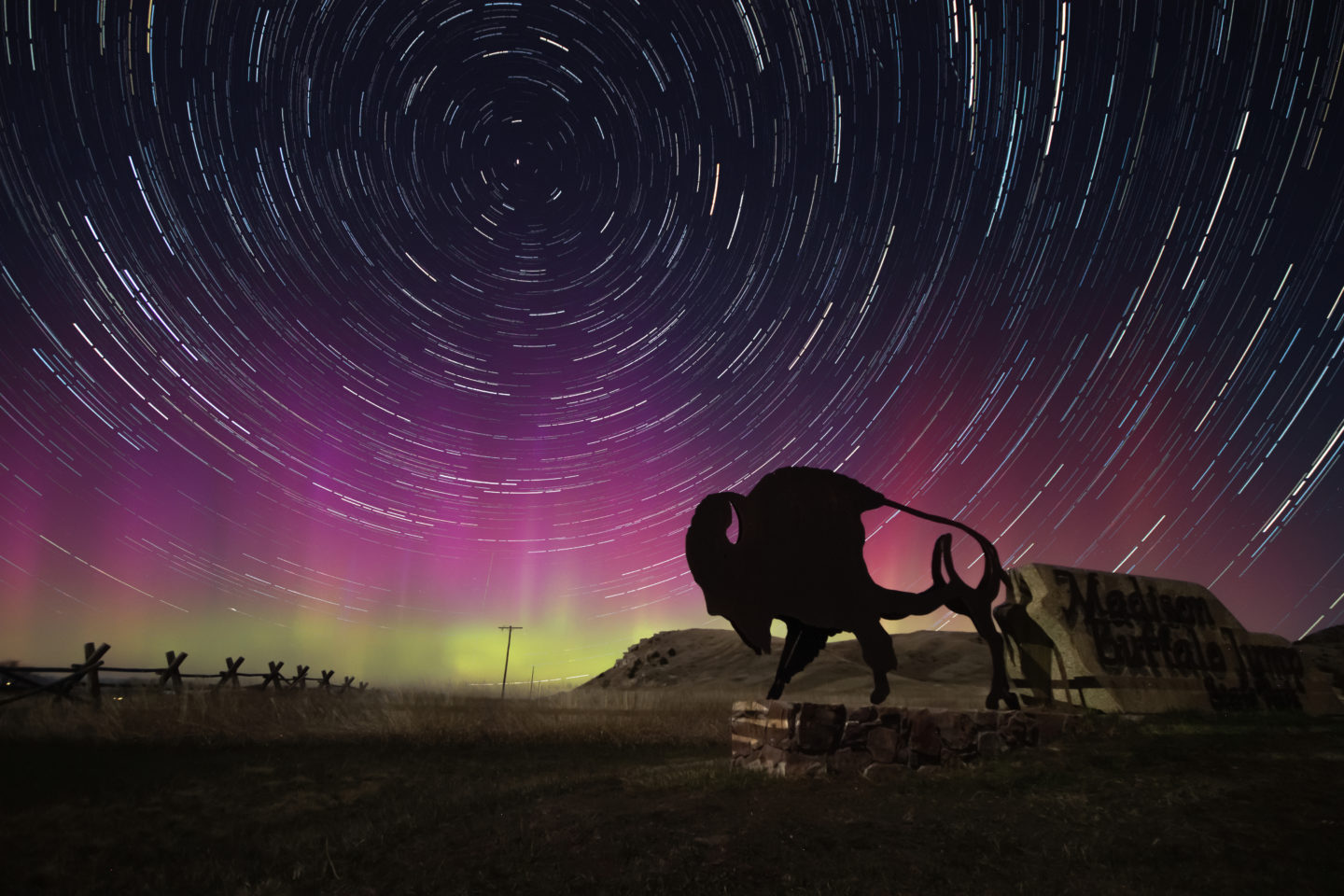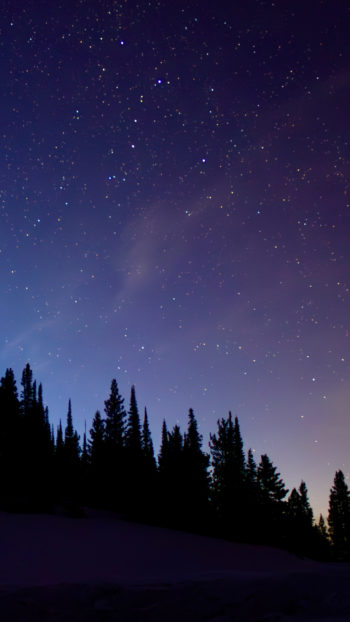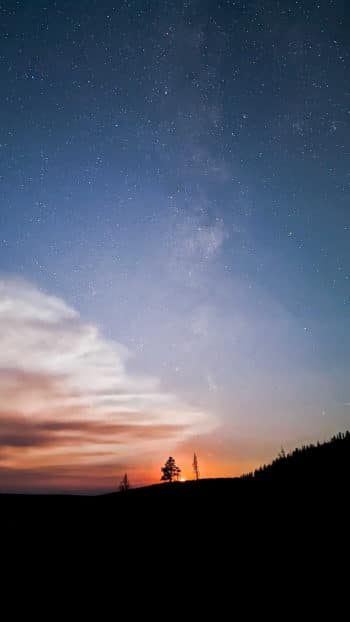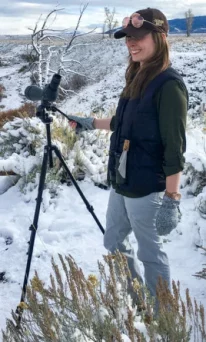Yellowstone National Park offers some of the best stargazing opportunities in the United States, but the time of year you visit can make a big difference in what you see. Whether you’re hoping to catch a meteor shower, gaze at the Milky Way, or even witness the Northern Lights, understanding Yellowstone’s seasonal night sky changes will help you plan the perfect stargazing adventure. Let’s explore the best seasons for celestial viewing, what astronomical events to look for, and how to get the most out of your Yellowstone stargazing experience.
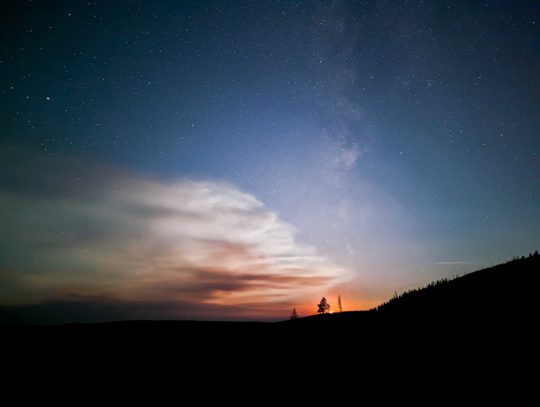
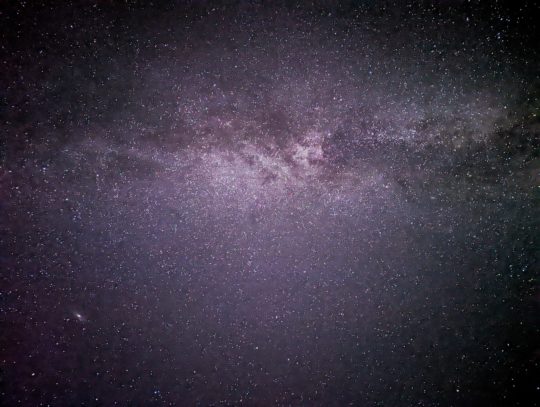
What Makes Yellowstone a Premier Stargazing Destination?
Yellowstone is a premier stargazing destination for several exciting reasons. The stunning landscape and incredible wildlife is only the backdrop to the dark night sky bursting with stars, planets, meteors, and other celestial phenomena.
Low Light Pollution and Wide-Open Skies
Yellowstone is working towards becoming an International Dark Sky Park, meaning it has minimal light pollution, offering some of the clearest night skies in the U.S. Its vast, remote landscape ensures you can escape artificial lights, allowing for an incredible view of the stars, planets, and other celestial phenomena. The park’s high elevation and clear air contribute to excellent visibility, especially during certain times of the year.
Seasonal Changes in Night Sky Visibility
Yellowstone’s night sky changes with the seasons, affecting visibility. In summer (June to August), Earth’s position in space makes it the best time to see the Milky Way and other celestial objects. Fall (September to October) brings cooler temperatures, fewer visitors, and great opportunities to catch meteor showers like the Draconids and Orionids. Winter (November to March) offers long, dark nights perfect for stargazing, though temperatures can be chilly. Spring (April to May) provides clear skies and fewer crowds, with sightings of the Milky Way and visible planets.
Stargazing in Yellowstone by Season
It’s hard to say when is the best time for stargazing in Yellowstone because our view of the cosmos varies throughout the seasons, but there is no bad time! Each season offers its own unique night sky objects and experiences:
Spring – The Return of Dark, Clear Skies
Spring offers clear skies and fewer tourists, but temperatures can still be chilly. This season is great for early Milky Way viewing as well as seeing distant galaxies and star clusters such as Bode’s Galaxy and the Pleiades.
Summer – Warm Nights and the Best Milky Way Views
This is arguably the best time for stargazing with clear nights and mild temperatures. The Milky Way is visible in full glory, and navigating constellations is easy with the bright Summer Triangle of stars. It’s also the season for meteor showers, making it ideal for a complete celestial experience.
Fall – Crisp Air and Meteor Shower Season
Fall brings cooler temperatures and fewer crowds, creating a more peaceful stargazing environment. You can catch meteor showers like the Draconids and Orionids, and the early autumn nights are longer, allowing for more great stargazing.
Winter – Crystal-Clear Skies and Northern Lights Possibilities
Winter offers long, dark nights perfect for stargazing, though temperatures are colder. The crisp air often provides sharper, clearer views, and the season is ideal for observing constellations and star clusters. The Northern Lights are a rare but possible sight in winter.
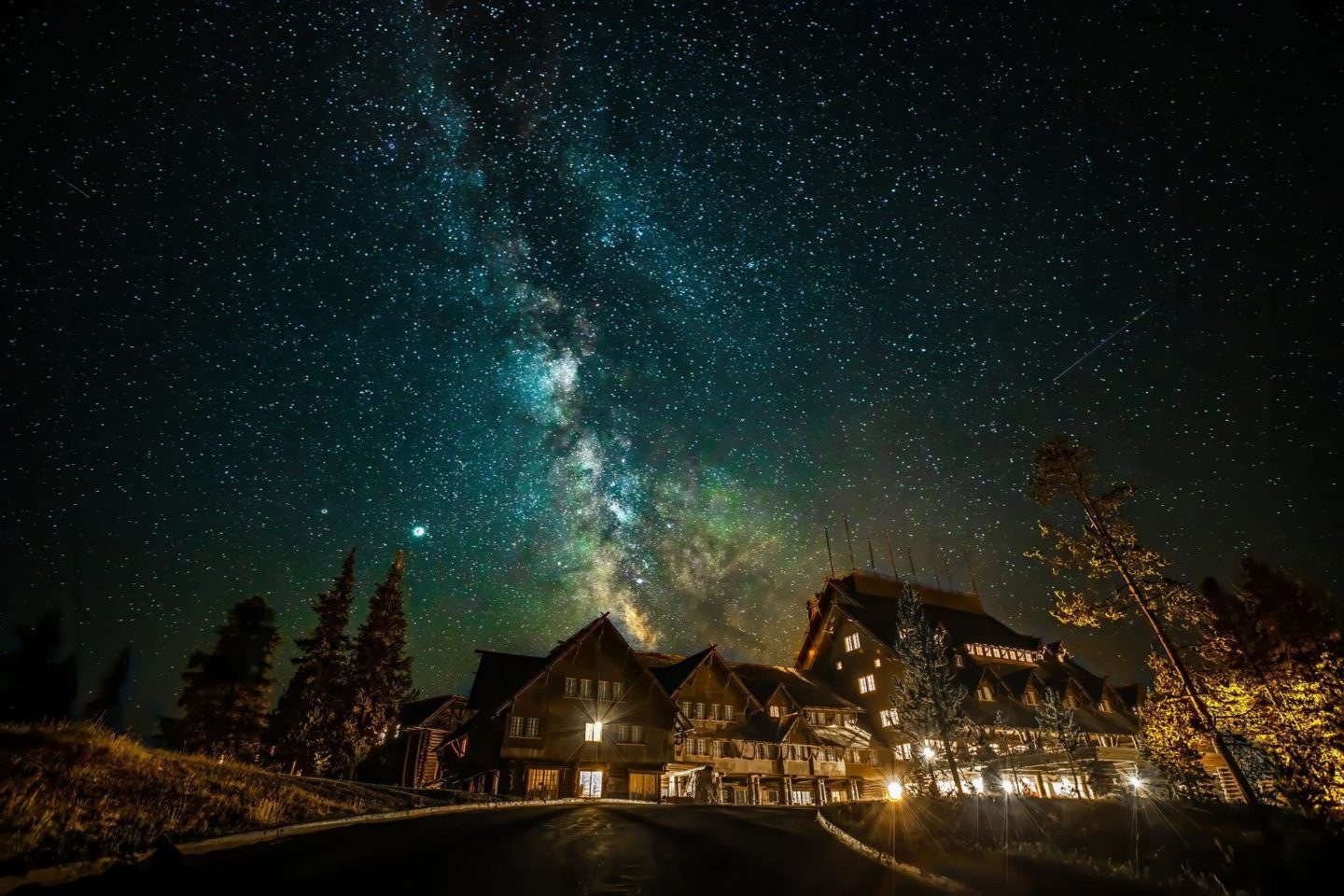
Best Celestial Events to See in Yellowstone
Yellowstone offers some amazing opportunities to witness celestial events throughout the year. Here are some of the best celestial events to see in the park:
Annual Meteor Showers
Perseid Meteor Shower (August): This is one of the most popular meteor showers of the year, peaking in mid-August. The dark skies in Yellowstone make it an excellent location to see dozens of meteors streaking across the sky every hour.
Geminid Meteor Shower (December): Peaking in mid-December, the Geminids are another spectacular meteor shower that provides bright meteors, perfect for Yellowstone’s clear winter skies.
Orionid Meteor Shower (October): Occurring in October, this meteor shower is known for its bright, fast-moving meteors. It’s a great show to catch as the fall skies are usually clear and crisp.
When to See the Milky Way at Its Brightest
The Milky Way is best visible during the summer months and early fall (June to September), when it is high in the sky and visible for most of the night. Yellowstone’s dark skies are perfect for taking in the full beauty of our galaxy.
Special Planetary Alignments and Lunar Eclipses
Occasionally, planets align in the sky, offering a rare chance to see multiple planets near each other. These alignments can be visible at various times throughout the year and make for a spectacular display in the night sky. Lunar eclipses are rare, but can be easily observed without equipment. Lunar eclipses offer a breathtaking view of the Moon turning red, and are not to be missed! The next lunar eclipse visible from Yellowstone will take place in the early morning hours of March 3, 2026.
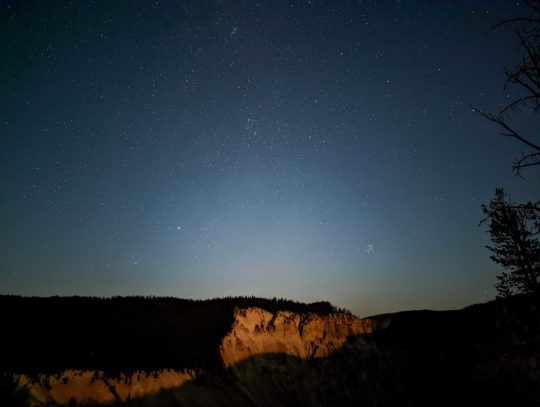
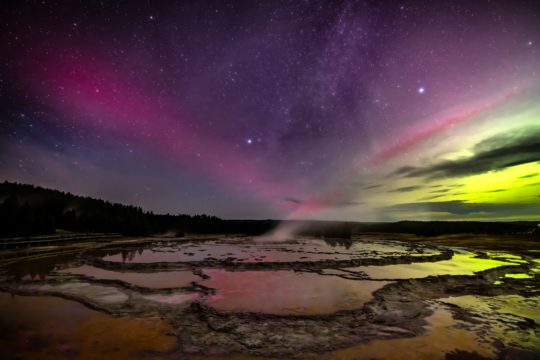
Tips for Making the Most of Your Stargazing Experience
Stargazing in Yellowstone is a special adventure. You’ll want to plan ahead to make sure you have the best experience in this amazing place, and plan for the best stargazing spots in Yellowstone. Here are a few things to consider:
Ideal Weather Conditions for Night Sky Viewing
Clear skies are essential for stargazing, so check the weather forecast before heading out. New moon and crescent moon phases offer the darkest skies with minimal moonlight, making it easier to see fainter objects like the Milky Way and distant galaxies.
Best Locations for Seasonal Stargazing in Yellowstone
Summer: Lamar Valley and Yellowstone Lake are excellent for clear skies and Milky Way viewing, as well as celestial events like meteor showers.
Fall: Lamar Valley again offers great stargazing, with the added bonus of cooler temperatures and fewer crowds.
Winter: Norris Geyser Basin and Mammoth Hot Springs offer dark skies for viewing stars and constellations, with the possibility of catching the Northern Lights if solar activity is high.
Spring: The Grand Prismatic Spring provides beautiful stargazing with fewer visitors and crisp, clear skies, making it ideal for spotting planets and constellations.
Why a Guided Tour Can Enhance Your Experience
Guided night sky tours in Yellowstone enhance your experience by offering expert insights, access to top viewing spots, and high-quality equipment like telescopes. Guides provide knowledge about constellations and celestial events, ensuring safety and comfort in remote areas. It’s also a great way to enjoy the night sky with fellow enthusiasts and catch seasonal events like meteor showers or planetary alignments.
No matter what time of year you are planning on visiting Yellowstone, exploring the deep night sky in this remote wilderness is a must. Whether it’s your first time or you are no stranger to the stars, a guided stargazing tour will be one of the highlights of your vacation!
FAQs
When is the best time to see the Milky Way in Yellowstone?
The Milky Way is most visible from late spring through early fall, especially on moonless nights.
Can I see meteor showers in Yellowstone?
Yes! The Perseids (August) and Geminids (December) are among the most spectacular annual meteor showers visible from the park.
Does Yellowstone get the Northern Lights?
Occasionally! While rare, aurora borealis can sometimes be seen in winter and early spring on particularly active nights.
Is summer or winter better for stargazing in Yellowstone?
Summer offers comfortable temperatures and an especially bright Milky Way, while winter provides exceptionally clear skies with less atmospheric distortion.
What’s the darkest location in Yellowstone for the best stargazing?
Lamar Valley, Hayden Valley, and Yellowstone Lake are among the best areas for dark-sky viewing.
Should I book a guided stargazing tour based on the season?
Yes! Guides can help you find seasonal highlights like constellations, planetary alignments, and the brightest stars of the season.

